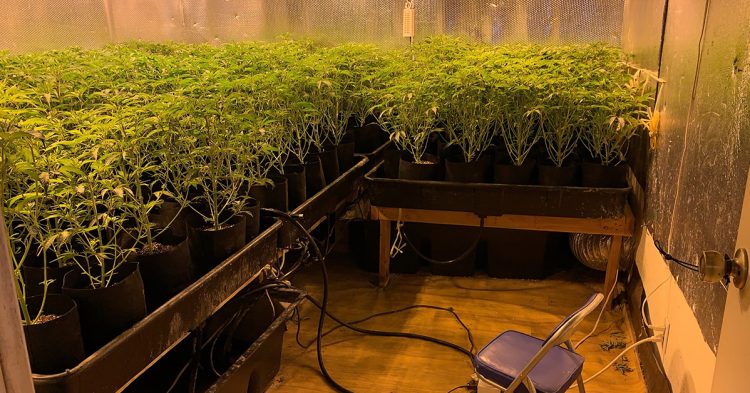In Fairfield, CA, law enforcement and Code Enforcement have been taking decisive action against a rising trend of grow houses in Fairfield. Over the past three months, coordinated efforts with the Department of Cannabis Control have led to the discovery of five marijuana grow operations within a small neighborhood. These operations, concentrated in just a quarter-mile radius, pose serious risks to the community due to the illegal cultivation methods used.
Authorities seized 5,595 marijuana plants, and all five homes were declared unsafe, with properties red-tagged pending further action. The use of residential homes for grow houses in Fairfield is a growing concern as operators often avoid detection by law enforcement. However, these illegal activities come with substantial hazards, including environmental risks, structural damage, and fire hazards.



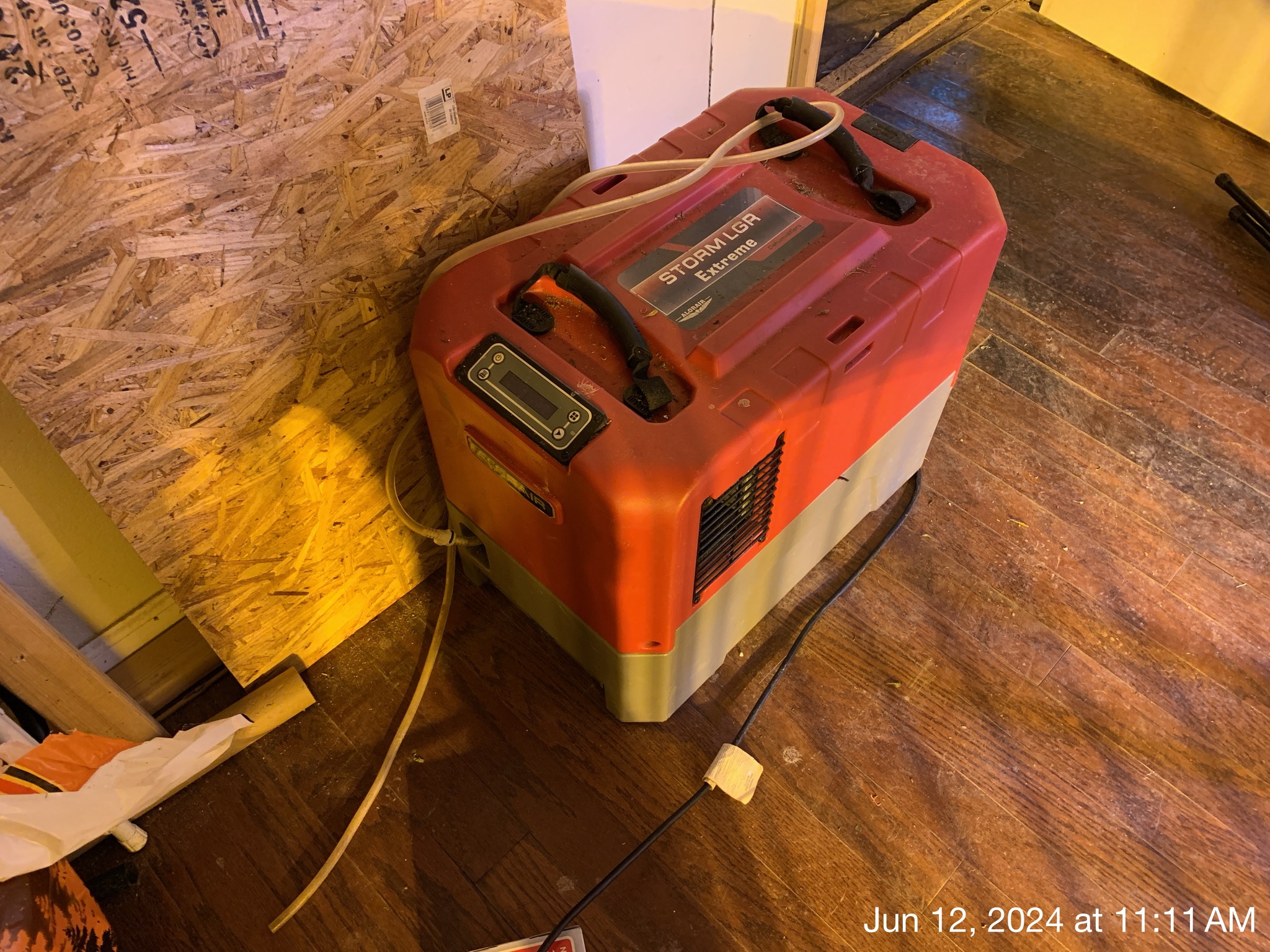
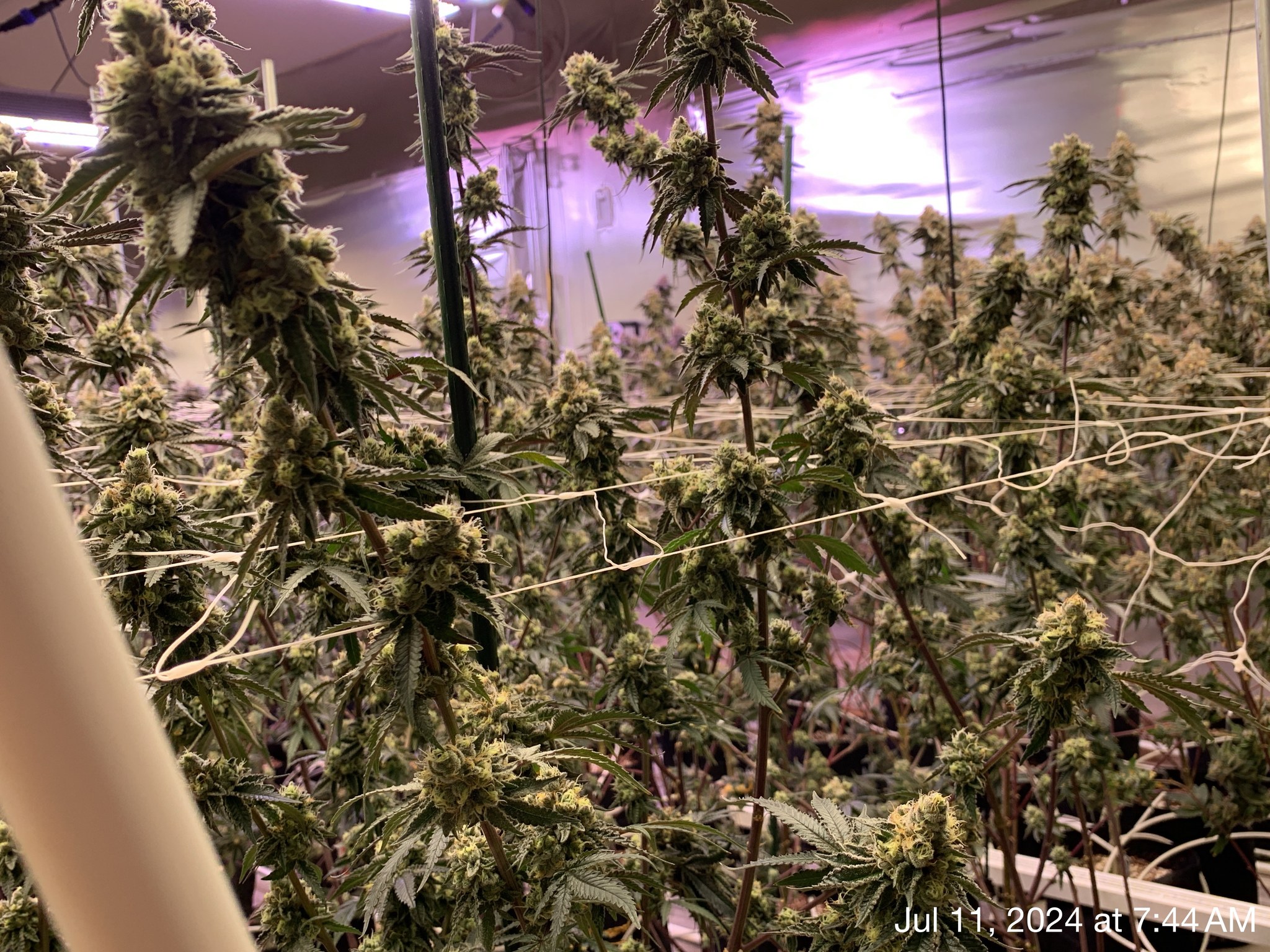
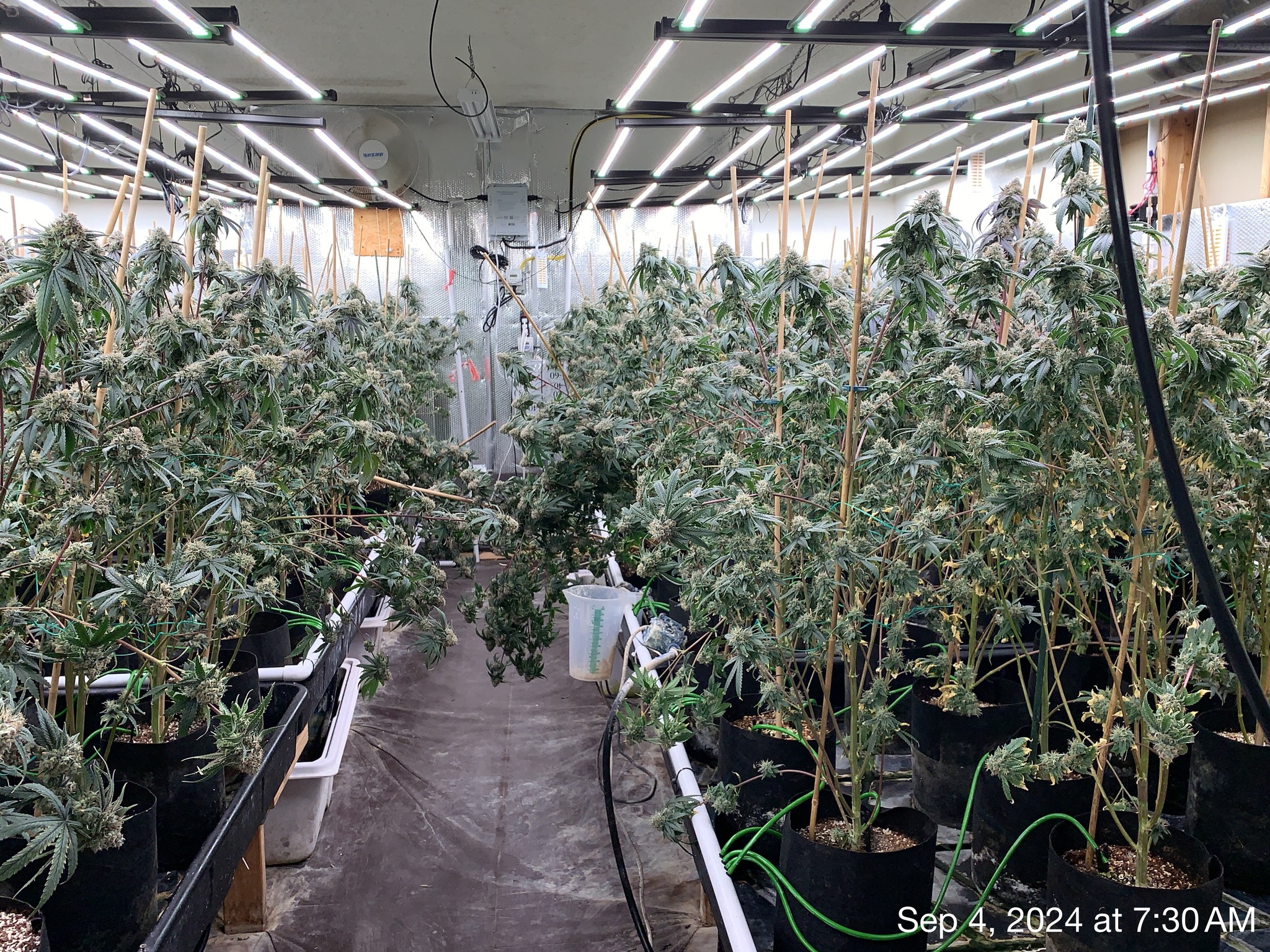
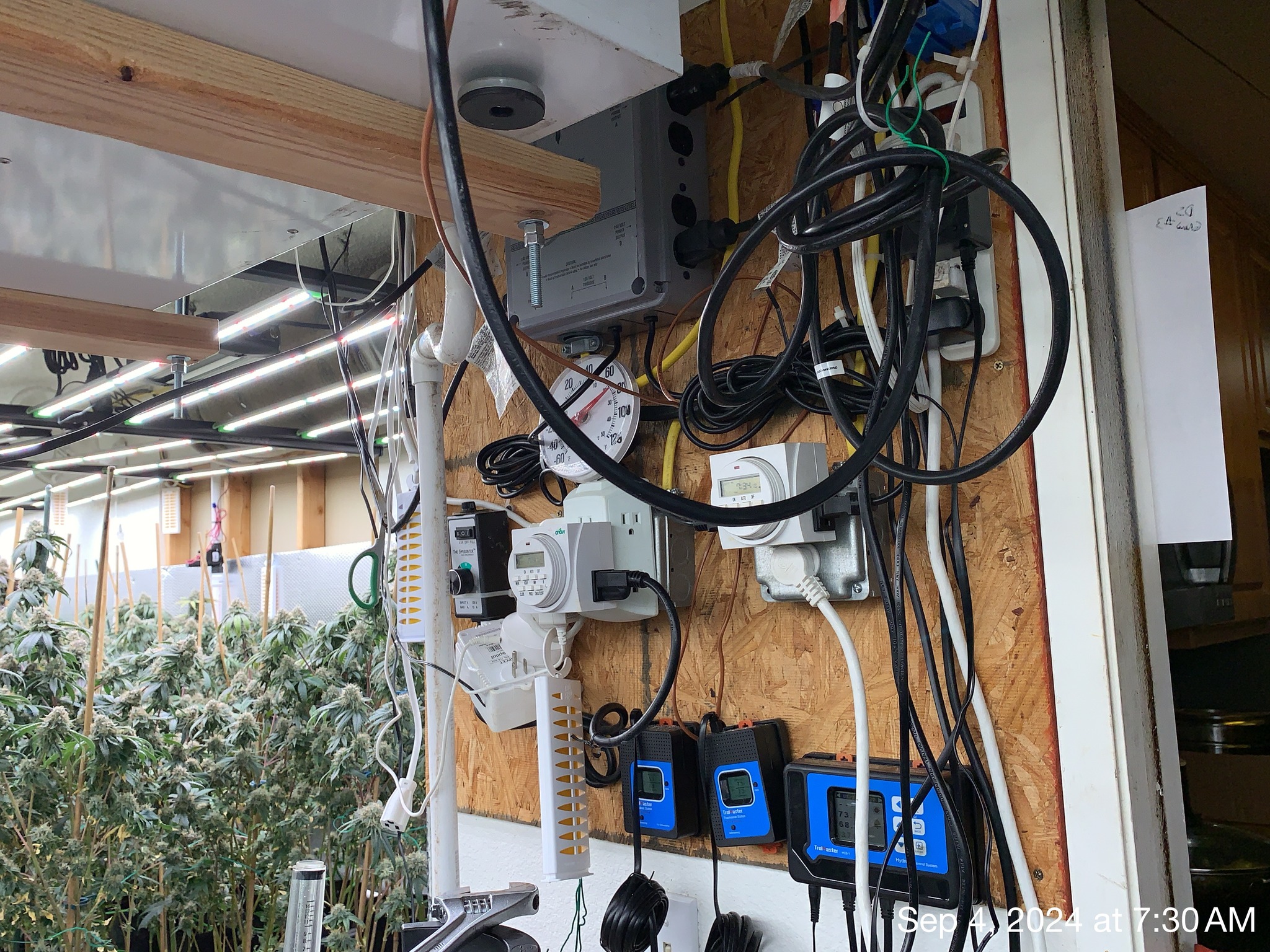
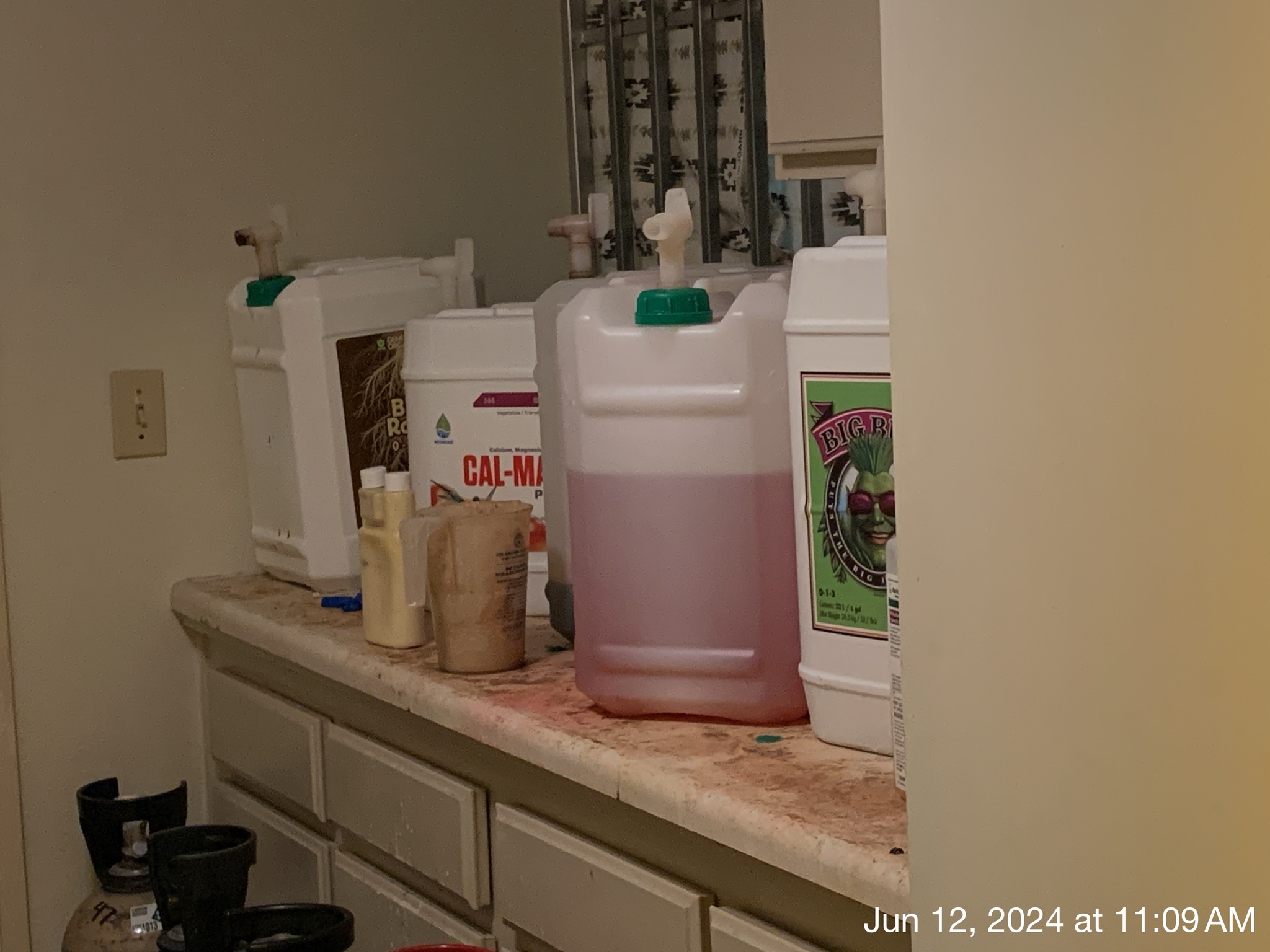
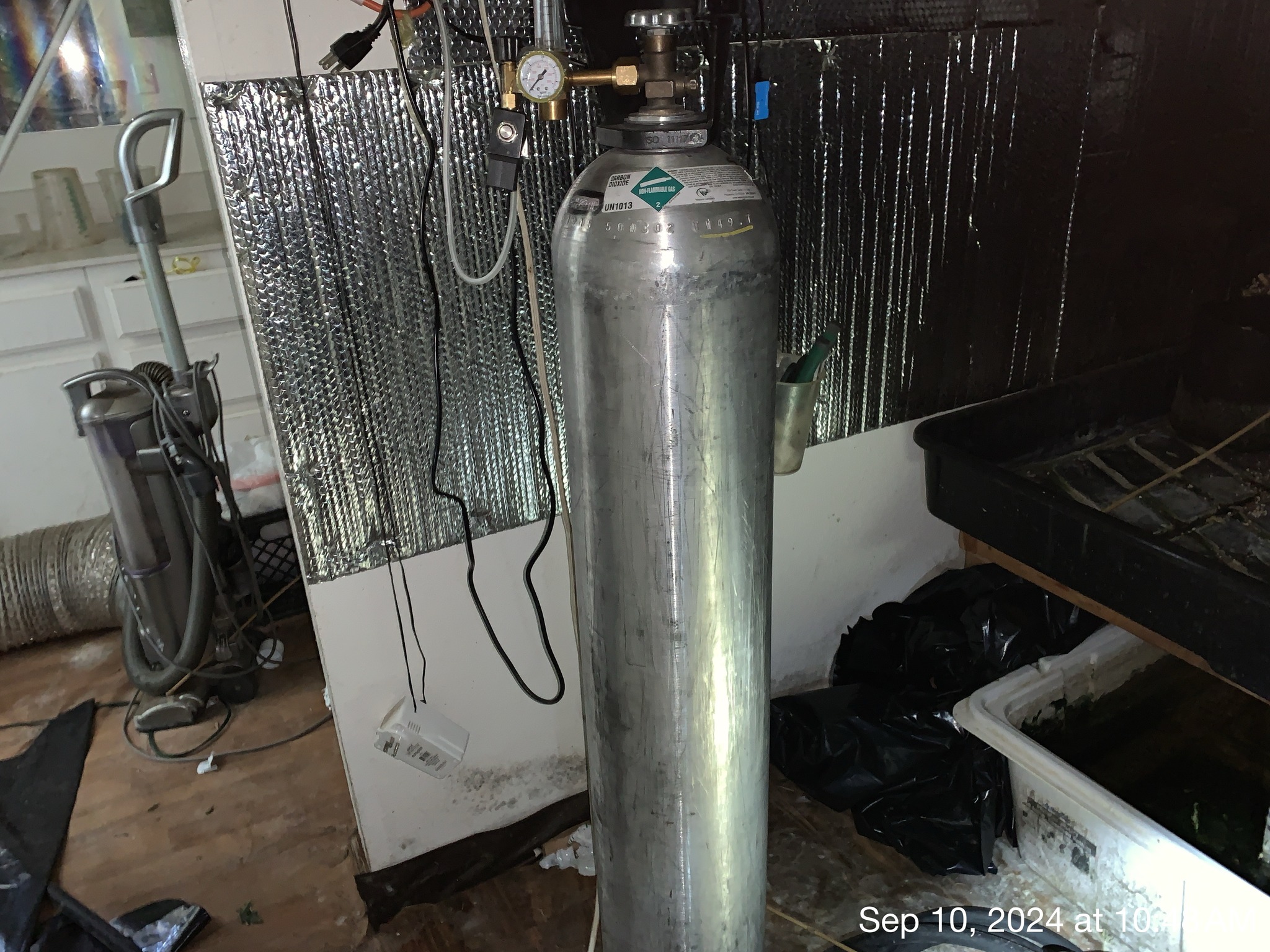


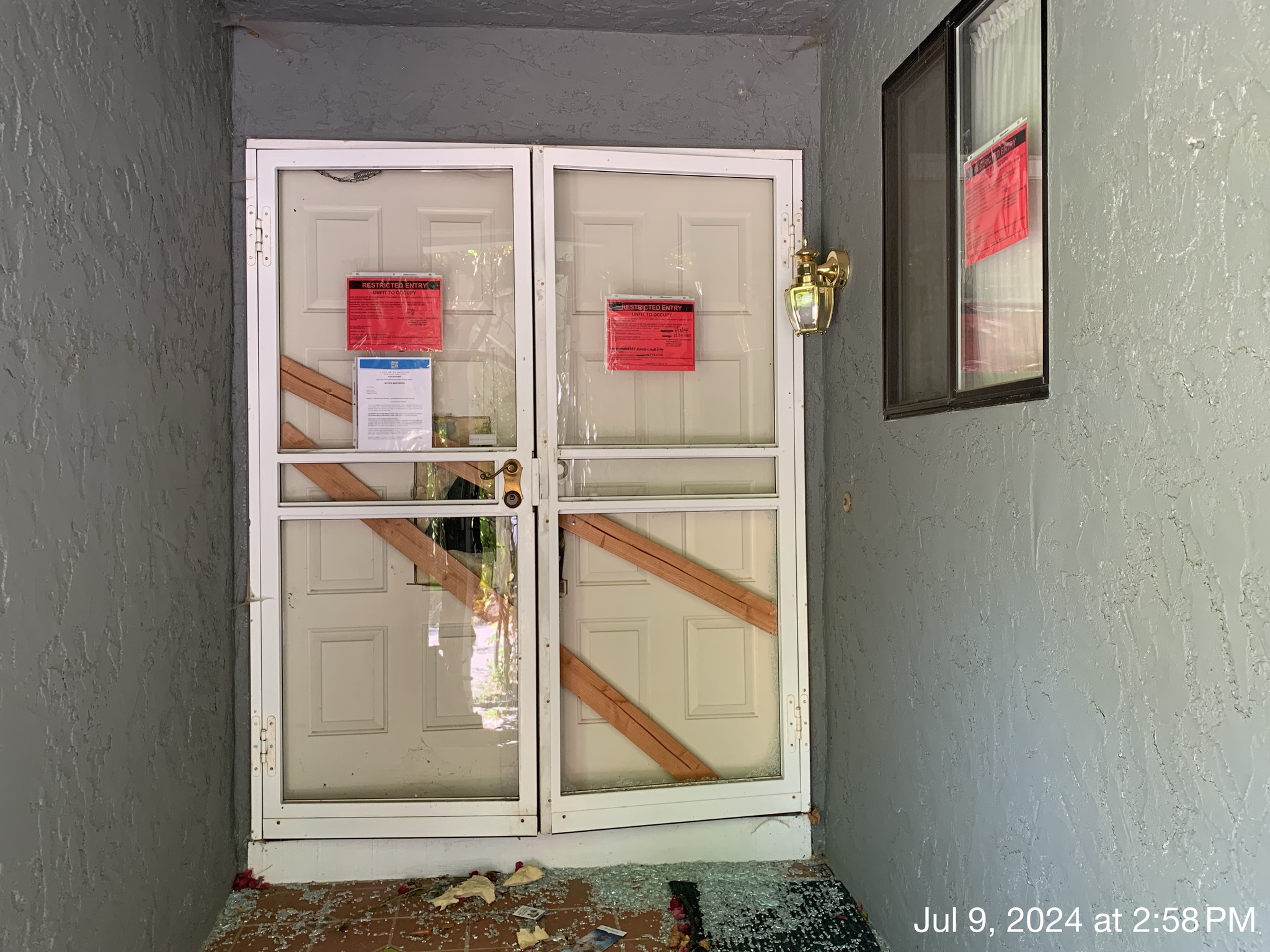
One of the main dangers associated with these grow houses is the use of hazardous chemicals. Fertilizers, pesticides, herbicides, and fungicides are frequently applied in poorly ventilated spaces. Among the most dangerous devices used is the sulfur burner, which emits sulfur dioxide (SO₂) to prevent mold growth. Inhalation of SO₂ can cause severe respiratory damage, posing immediate health risks to those in the area, especially first responders.
Another serious hazard comes from the use of CO₂ and propane-powered devices to accelerate plant growth. CO₂ generators, whether pressurized or propane-powered, can displace oxygen in confined spaces, creating dangerous conditions. Propane tanks used in these operations also increase the risk of explosions or fires if leaks occur, further endangering residents and first responders.
Furthermore, the dense arrangement of ducting, wiring, and equipment in these illegal grow operations creates entanglement risks. Ventilation systems often have thin aluminum or laminate ducting that burns away in fires, leaving behind exposed wiring. These wires, hidden by smoke, pose a significant danger to firefighters attempting to navigate the structure.
Structural damage is another severe issue with grow houses in Fairfield. To support their operations, growers frequently cut holes in walls, ceilings, and floors, weakening the building’s structure. In some cases, load-bearing walls are removed, and some operators even dig through the flooring to plant cannabis directly into the ground beneath the home. The high humidity levels required for cultivation also lead to wood rot, further jeopardizing the safety of the building.
The distinctive odor of cannabis often alerts neighbors to illegal grow operations. To conceal this smell, operators use charcoal filters, plastic sheeting, and even cover windows with furniture or false walls. These concealment tactics are designed to keep the pungent smell and bright grow lights hidden from neighbors and law enforcement.
Electrical overload is the most dangerous aspect of these operations. Grow houses often use high-wattage lights, drawing enormous amounts of electricity, sometimes 20 times that of a typical household. To save costs and avoid detection, growers often tamper with wiring and bypass electrical meters, which creates severe fire hazards and endangers utility workers and first responders.
The combined dangers of hazardous chemicals, dangerous gases, electrical overloads, and structural damage make these grow houses incredibly unsafe. The efforts of Fairfield’s Code Enforcement and the Department of Cannabis Control are vital in shutting down these illegal operations and protecting the community from harm. However, public awareness and cooperation are crucial in preventing future incidents and keeping neighborhoods safe from the risks posed by these illegal grow operations.
OTHER NEWS: Fatal Cannabis Facility Fire in South Los Angeles

